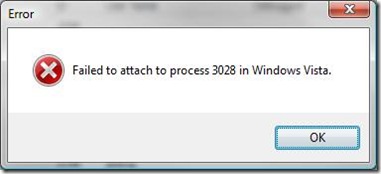I use VMWare on a daily basis to debug basis. While my host OS is run with two monitors set at their highest resolution, I typically run the guest OS at 800x600. This way, the guest OS only occupies part of one of the host monitors making it easy to drag and drop files from the host onto the guest desktop.
As a result of all this dragging and dropping from the host, the desktop of my guest OS is typically littered with icons for test applications, utilities etc. Unfortunately, with a Windows Vista guest the icons can be rather large and rapidly fill the available area.
Recently, there was a post on The Old New Thing blog that provided a solution to my problem. The post describes two ways to change the size of the desktop icons on Windows Vista:
- Click on the desktop, then hold the Control key while rotating the mouse wheel.
- Right-click on the desktop and choose an icon size from the View menu.
For Windows Vista guests, at least, I can just scroll down the size of the icons to a size appropriate to an 800x600 desktop. Problem solved!

